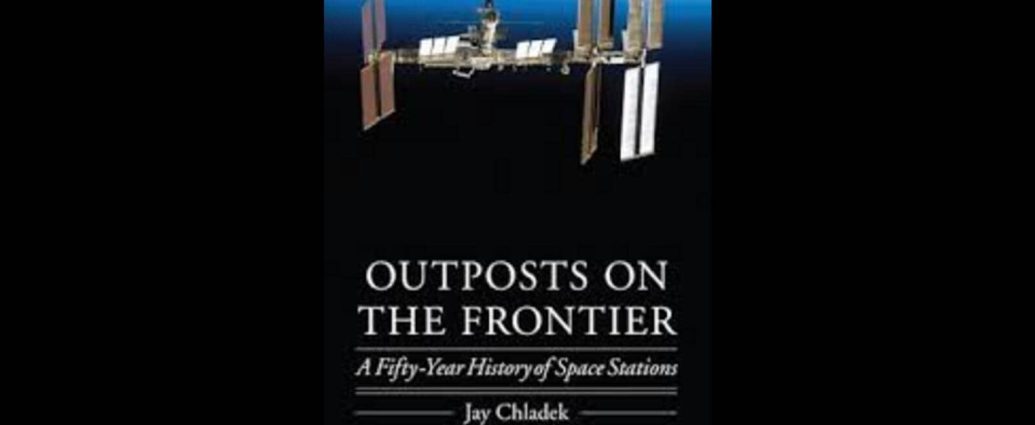On 31 October 2000 the first ISS crew was ready to lift off from Baikonur aboard Soyuz TM- 31. As with other important firsts, the launch would take place from the same R-7 rocket launchpad that had been used by Sputnik and Yuri Gagarin’s Vostok flight. The commander of ISS Expedition 1 was American Bill Shepherd. Accompanying him would be Russian cosmonauts Sergei Krikalev and Yuri Gidzenko, who were both Mir veterans. Compared to the body of experience both Russian cosmonauts had, Bill Shepherd’s accumulated time in orbit among three shuttle missions was only just over two weeks. The Russian managers on the ground were a bit concerned about that, but the crew themselves managed to integrate with no problems. The three men were a team.
Bill Shepherd’s path to spaceflight was somewhat unusual. Shepherd was a graduate of the Naval Academy and earned a degree in aerospace engineering, but rather than taking on pilot training or some other field related to aircraft, Bill instead decided to take on the intense training required to become a Navy seal. The seals are the U.S. Navy’s special forces arm, and the training required has a very high dropout rate compared to most of the special forces of other U.S. military branches. Even if a seal trainee can handle the mental pressures, sometimes their bodies can give out physically, and it might take more than one attempt to get through all levels of training successfully. Bill Shepherd succeeded and joined the elite seal ranks in the early 1970s, while also earning an ocean engineering degree from MIT in 1978. Shepherd joined NASA’s astronaut ranks in 1984 after three tries. His SEAL training became unexpectedly useful as he was involved in salvage operations off the coast of Florida to recover debris from the destruction of the space shuttle Challenger in 1986. His first mission into space was on STS-27 in 1988, which deployed a classified satellite payload for the DOD. On that mission, Shepherd gained a reputation as a fun-loving practical joker, according to the book Riding Rockets, written by fellow STS-27 astronaut Mike Mullane. On that flight, Shepherd let a piece of breakfast sausage loose in the cabin and had the other crewmembers believing it was a piece of fecal material from an apparent malfunction of the shuttle’s toilet before realizing they’d been had.
Shepherd gained a reputation as a capable astronaut during the next decade as he was assigned management jobs in NASA’s space station program in 1993 to try, as he described it, “to bring order to what had been eight years of chaos.” As Shepherd described the ISS situation in those days, the problems weren’t with the astronauts, cosmonauts, or engineers in both programs but rather with the higher echelons of management and at the political level. Due to his hard work on the ISS, he was the choice among some members of NASA’s management to become the first astronaut to visit Mir, but Norm Thagard was chosen instead. Still, Shepherd became a natural choice when he was selected by NASA to become the first commander of the ISS.
During his training in Star City, Shepherd started a new tradition by creating a bar in the basement of one of the American-owned duplexes. Known today as Shep’s Bar, it provided a nice place for training-station crewmembers of all nationalities to unwind in a casual yet somewhat private setting. More than just a place to drink, the bar has a jukebox, a piano, a billiard table, and several benches. The bar is still used to this day, even though Bill Shepherd himself has long since retired from NASA.
By the time Expedition 1 launched, the crew had been training together for about five years. After launch and a little over two days in orbit spent catching up with the station, the crew docked Soyuz TM-31 successfully. The crew entered the station, and on the early morning of 2 November 2000, the ISS was occupied. From that point on, except for brief periods when crewmembers would transfer a Soyuz craft to a different docking port, the ISS would be manned continuously.
The first month was very busy, and the crew spent it unpacking and activating equipment. Shepherd commented during a space-to-ground interview that the biggest challenge for him was packing thirty hours of work into an eighteen-hour day. The crew communicated with one another speaking half-English and half-Russian, sometimes with both languages in a sentence in a form Shepherd called “Rusglish.” Krikalev was a fluent English speaker, and Gidzenko was not far behind, while Shepherd did his part to keep his own Russian-language skills current. All communications with controllers at the TSUP were done in Russian. Each crewmember had their assigned tasks in orbit and sometimes didn’t get to work in the same areas of the station, but each day at mealtimes, they all tried to eat together in order to share stories and keep each other updated as to the status of things.
Not long after arriving at the ISS, the crew came to a decision regarding the name of the station. Naming the ISS had been a point of political contention for several years. In NASA circles, it was known as “Freedom” and later “Alpha,” while the Russians had their own ideas for what to call it. The name International Space Station is rather cumbersome to say in Russian, so Shepherd used his privilege as Expedition 1 commander to give the station the radio call sign “Alpha,” which is the name of the first letter in the Greek alphabet. While it wouldn’t officially become the name of the ISS, it was at least a start, and the station was known as “Alpha” during Expedition 1’s stay.
(Excerpted with permission from Outposts on the Frontier: A Fifty-Year History of Space Stations, by Jay Chladek, published by University of Nebraska Press; 2017)
